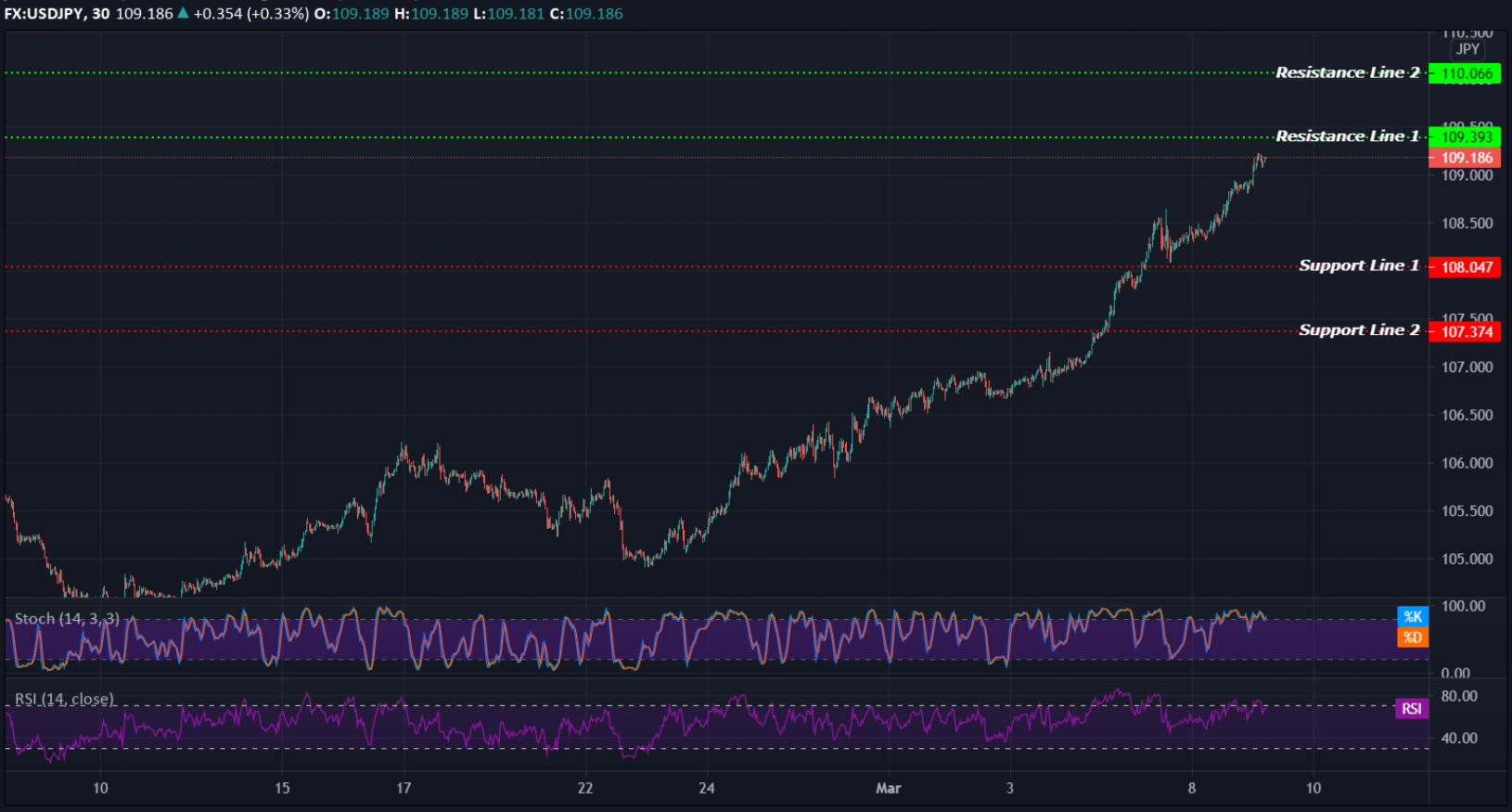EQUITIES
Asia-Pacific markets were mostly higher on Tuesday, except for the Shanghai composite and the South Korea’s KOSPI that slipped -0.18% and -1.04%, respectively.
In Hong Kong, the Hang Seng index rose 1.35% while in Japan, the Nikkei 225 index reverses earlier losses to add 0.50%. The Singapore’s Straits Times index jumps, to trade at 1.28% higher, while the Australia’s S&P/ASX 200 added 0.44%, and the India’s S&P BSE Sensex index was up 0.72%.
Overnight on Wall Street, the Dow Jones Industrial Average rose 0.97%, while the Nasdaq shed over 2.40%, and the S&P 500 lost 0.54%.
OIL
Momentum in the oil market recovered on Tuesday as prices rose. The Brent crude futures traded to $68.75 per barrel, while the U.S. crude futures at $65.47 per barrel.
On Monday, the benchmarks closed lower, retreating from a session peak. Brent closed at $68.24 while WTI futures ended at $65.05 per barrel.
CURRENCIES
The dollar index hit a 3-1/2-month high, rose to 92.45, well above its recent trough of 89.677. U.S. treasury yields also advanced as investors continued to price in higher inflation and more upbeat prospects for the U.S. economy.
Despite strengthened oil prices, the currencies of oil exporters fell against the greenback.
Currencies of major commodity exporters also pulled back as a broader risk-on trade lost momentum.
GOLD
Gold prices flat around a 9-month low on Tuesday, as a firmer dollar and higher U.S. Treasury yields continued to put pressure on the metal's appeal.
Gold spot added to trade at $1,688.10 an ounce, while rose around $1,686.30 per ounce for gold futures. Previously closed at $1,682.90 and $1,678.00, respectively.
ECONOMIC OUTLOOK
Asia-Pacific markets traded higher Tuesday, helped mostly by global recovery prospects and the passage of U.S.’s $1.9 trillion stimulus bill, shaking off a mixed Wall Street session overnight after a big downturn in tech shares pushed the Nasdaq into a correction.
Investors this week will watch as the U.S. House of Representatives plans to pass a $1.9 trillion relief bill, after the Senate passed the legislation over the weekend. President Joe Biden is expected to sign it before key unemployment programs expire on Sunday.
U.S. Treasury Secretary Janet Yellen said on Monday President Joe Biden's coronavirus aid package will provide enough resources to fuel a "very strong" U.S. economic recovery.
Despite the positive cues, investors remain conflicted over whether the stimulus will help the growth rebound or cause the economy to overheat and lead to runaway inflation.
To date, number of confirmed worldwide cases for COVID-19 pandemic has surpassed 117.132 million, recording more than 2.6 million fatality globally.
TECHNICAL OUTLOOK
[USDJPY]
Important Levels to Watch for Today:
- Resistance line of 109.393 and 110.066.
- Support line of 108.047 and 107.374.
Commentary/ Reason:
The dollar rose 0.31% to 109.166 yen, its highest level in 9-months.
The dollar garnered support Monday from the Senate’s passage on Saturday of the Biden administration’s $1.9 trillion pandemic relief package. The stimulus package is expected to pass the House when lawmakers take up the bill on later today.
The yen, meanwhile, was weighted on comments on Monday from BOJ Deputy Governor Amamiya, that signal the BOJ plans to maintain its yen-negative stimulus measures when he said, “yields can go up and down more as long as it doesn’t hurt the effects of monetary easing.”
Japan also downgrades Q4 GDP as companies scale back spending. The economy grew an annualised 11.7% in October-December.















